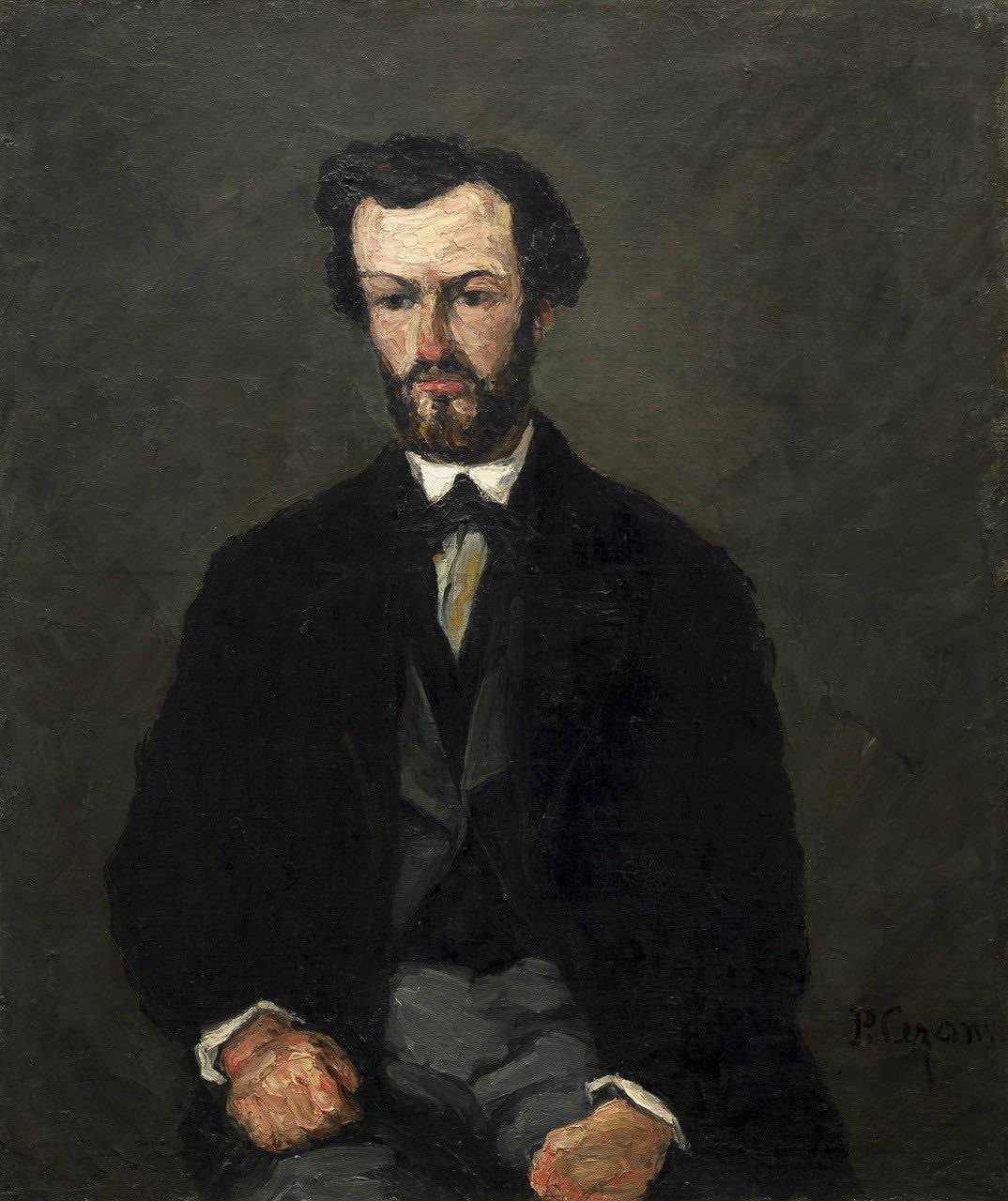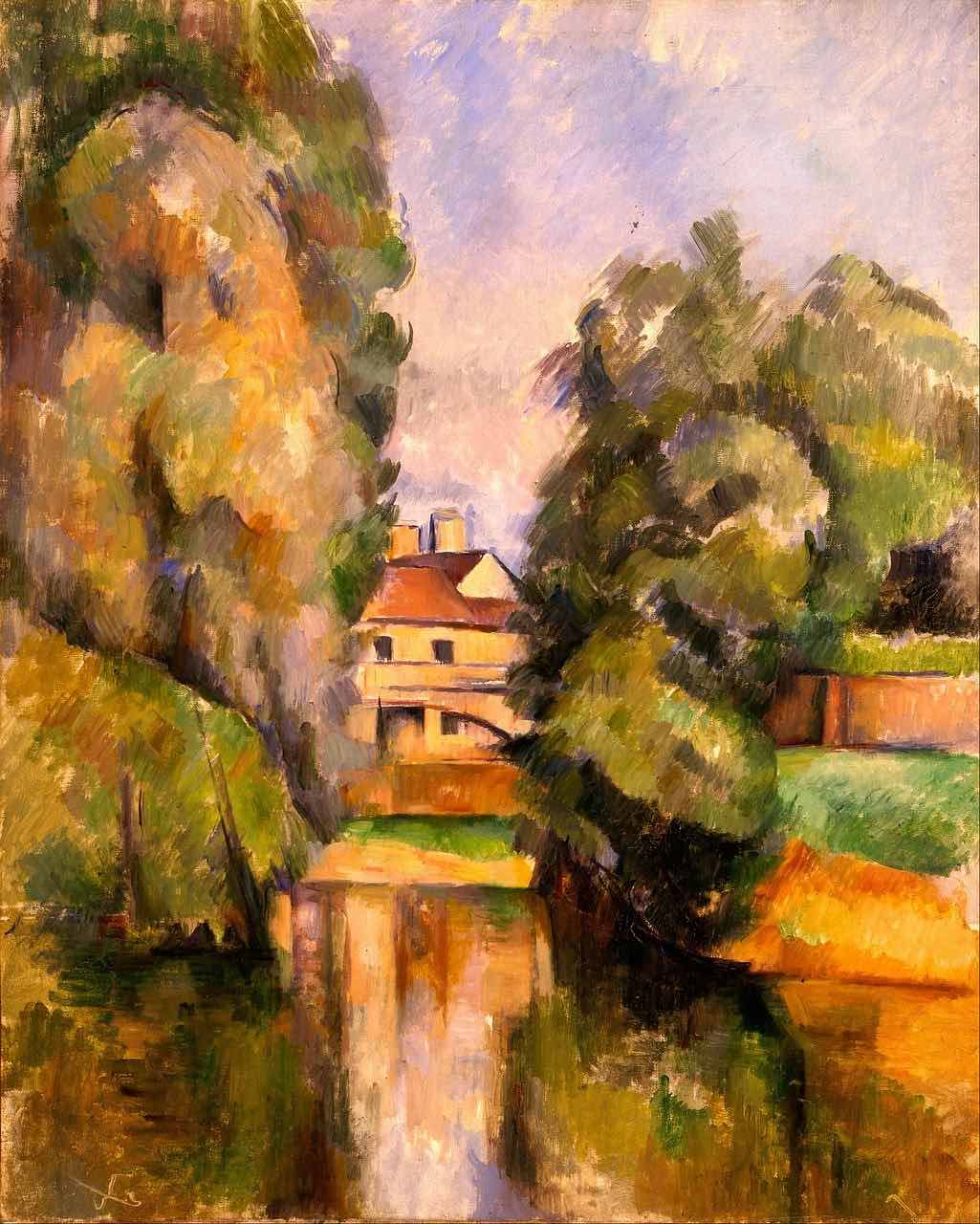Paul Cezanne, or the “Master of Aix” as he is also known, was a French Post-Impressionist artist. His work paved the way for the transition from 19th-century Impressionism to the radically different 20th-century avant-garde movements, notably Cubism. The Cubists found his unique method of constructing form with colour very inspiring.
Because his views departed from typical Impressionist concepts, Cezanne’s art was primarily unpopular in his time. He rejected the Impressionist dictum that painting chiefly reflected visual perception and insisted on personal expression. In addition, while Impressionism employs subtle brushstrokes, Cezanne used methodical brushstrokes that appeared constructed rather than painted.
Cezanne’s work reflects an architectural ideal that maximizes the canvas and the subjects, demonstrating his mastery of design. The resulting images convey his intense study of his subjects and a dogged attempt to handle complex optical issues.
An Artistic Decision
Famous painter Cezanne was born in Aix-en-Provence, southern France, on 19 January 1839. Paul was the only son of Louis Auguste Cézanne and Anne Elisabeth Honorine Aubert. His father was the co-founder of a prosperous bank which provided him with a privileged life and enough financial support to cushion his career.
In 1857, he enrolled at the Free Municipal School of Drawing in Aix, where he pursued his artistic interests under the tutelage of a Spanish monk named Joseph Gibert. However, in complying with his father’s wishes, he began attending law school at the University of Aix in 1858. Thus, combining law school with art classes.
Nonetheless, Cezanne exalted his interest in art over his father’s desire for him to become a lawyer. In 1861, he set out for Paris to begin a career as an artist. This decision estranged father and son, but they were eventually reconciled. After his father’s passing, Cezanne also received a large inheritance that supported his career.
Gauguin Artist’s Career
In Paris, French painter Paul Cezanne met Impressionist artist Camille Pissarro. The duo started as master and apprentice, but they regarded each other as contemporaries within a decade of working together. Pissarro’s formative influence on him remained noticeable throughout his career.
Cezanne began submitting his works to the Paris salon in 1864, but he was rejected on each attempt. Finally, in 1882, with the help of fellow artist Antoine Guillemet, his work, Portrait de M. L. A., was accepted by the Salon. However, it was his first and final successful submission to the Salon.
Subsequently, Cezanne exhibited his paintings at the Salon des Refusés (exhibition of the rejects) and Impressionists exhibitions. Finally, he scored his first solo exhibition with the help of Parisian art dealer Ambroise Vollard. The exhibition boosted his reputation and earned him considerable success. Despite this, he preferred to work in isolation, away from the public eye of Paris.
Cezanne’s works received harsh commentary for his inability to conform to the Impressionism style fully. However, the succeeding generation of artists was very receptive to many of his idiosyncrasies. They deemed him a legend and often traveled to his native Aix to watch some of the best Paul Cezanne paintings come to life. Unfortunately, in October 1906, he succumbed to complications from pneumonia at the age of 67 and was buried in his hometown of Aix-en-Provence.
Painting Technique
It is hard to label Cezanne’s art style as a particular thing. The artist doesn’t have a static method, and his theory remained cryptic throughout his career. Therefore, it is essential to observe his artistry as it evolved to have an idea of his methods.
His early works were mainly figures in landscape paintings, which featured individuals painted over landscape art and we could say that in this way he started his painting business career. He later abandoned this style and focused more on direct observation, developing a subtle, airy style.
During his mature period, the artist developed a structural style that appeared architectural. He sought to structurally develop natural observation by reducing it into simple geometric forms and colour planes. For example, he saw tree trunks as cylinders and certain fruits like apples and oranges as spheres.
Additionally, Cézanne desired to capture the truth of visual perception. He sought to provide those who view his art with simultaneous but slightly different perspectives of the same subject, deepening their aesthetic experiences instead of earlier concepts of artistic perspectives.
Cezanne’s Famous Artworks
Mont Sainte-Victoire above the Tholonet Road – Paul Cezanne
Rideau, Cruchon et Compotier (Curtain, Jug and Fruit Bowl) is an oil painting created around 1893 and 1894. It is a still-life genre painting that explores Cezanne’s curiosity about form and symmetry in objects. In 1999, the painting was sold for an impressive $60,000,000 at a Sotheby’s auction, making it the most expensive still-life painting.
The Card Players is another famous series by Cezanne consisting of 5 oil paintings depicting card players. The paintings vary in size, setting, and the number of subjects, but their unifying factor is the card-playing activity they engage in. In 2011, the Qatari royal family purchased one of the paintings for $250,000,000. Till the price was surpassed in 2017, it remained the world’s priciest painting.
The Bathers, also called Large Bathers, is considered Cezanne’s finest work and a truly modern art masterpiece. Created between 1898 and 1905, the painting is the largest of all Cezanne’s depictions of bathers, and it currently resides at the Philadelphia Museum of Art, USA.
Mont Sainte-Victoire, a mountain range in southern France overlooking Cezanne’s native Aix-en-Provence, is also the title of his famous series of about 30 oil and watercolor paintings depicting the mountain. The creation process spanned two years (1904–1906), and today, the series is housed at the Musée d’Orsay, Paris.
Conclusion
Categorizing Cezanne’s style of painting is almost an impossible feat. Although he began as an Impressionist, he was more concerned with form rather than light and color as other Impressionists were. His commitment to form established him as a forefather to specific 20th-Century movements, including Cubism, an esteemed position that even famed Cubists like Picasso recognized.








